Dr. Aguila's Study on Carpal Tunnel Release Using Ultrasound Guidance
Purpose
The purpose of this study was to report the 1-year clinical outcomes of carpal tunnel release using ultrasound guidance (CTR-US) performed in a large, real-world population of patients enrolled in a multicenter registry.
Methods
All patients who participated in a postmarket registry study of CTR-US outcomes and provided both preoperative and 1-year postoperative data were included. Main outcomes were the Quick Disabilities of the Arm, Shoulder, and Hand Questionnaire (QDASH), Boston Carpal Tunnel Questionnaire Symptom Severity Scale (BCTQ-SSS), and Boston Carpal Tunnel Functional Status Scale (BCTQ-FSS) scores at 1 year. Subgroup analysis was performed to assess the effect of patient and procedural factors on 1-year outcomes.
Results
A total of 300 patients (341 hands) were treated by 25 different physicians, including 41 (13.7%) treated with simultaneous bilateral procedures. Mean patient age was 54.2 years, 63% were women, 24% had ≥2 comorbidities, and 54% had symptoms for >2 years. Mean QDASH scores decreased from 40.6 ± 20.6 to 12.2 ± 18.3 at 1 year, BCTQ-SSS scores decreased from 3.0 ± 0.7 to 1.5 ± 0.7 at 1 year, and BCTQ-FSS scores decreased from 2.4 ± 0.8 to 1.4 ± 0.6 at 1 year. Women improved more than men at 1 year for QDASH, BCTQ-SSS, and BCTQ-FSS. Patients treated with simultaneous bilateral procedures had similar 1-year outcomes to those treated with unilateral procedures. Multiple other factors including high body mass index, diabetes status, current tobacco use, rheumatoid/inflammatory arthritis, operation in the dominant hand, higher comorbidity burden, and concurrent ipsilateral procedures did not significantly affect 1-year outcomes. Two patients had revision surgeries in addition to one patient with an infection, and one with a suspected small finger tendon injury.
Conclusions
Patients treated with CTR-US in real-world conditions report significant and clinically meaningful improvements in symptoms and function that are maintained at 1 year. The results are consistent across broad patient demographics and are not affected by performing simultaneous bilateral procedures.

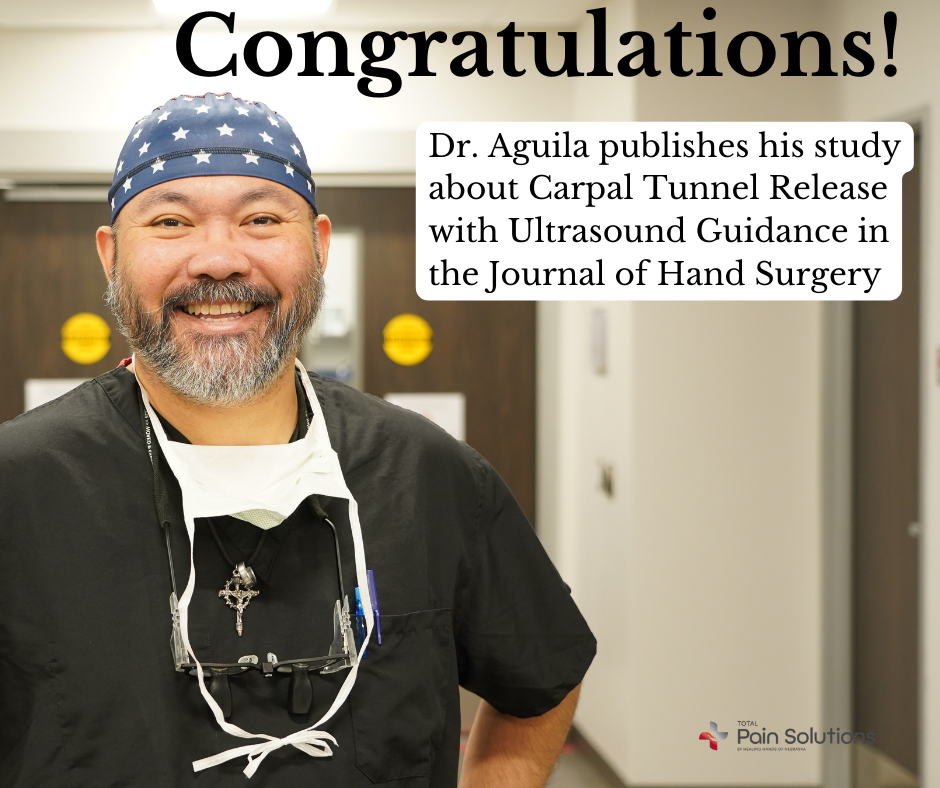
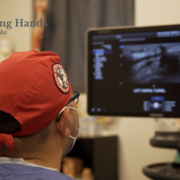
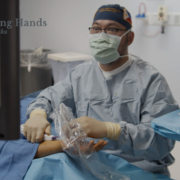
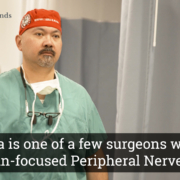
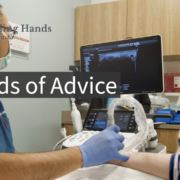


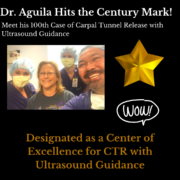
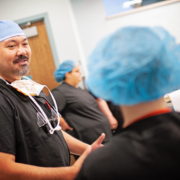


Leave a Reply
Want to join the discussion?Feel free to contribute!